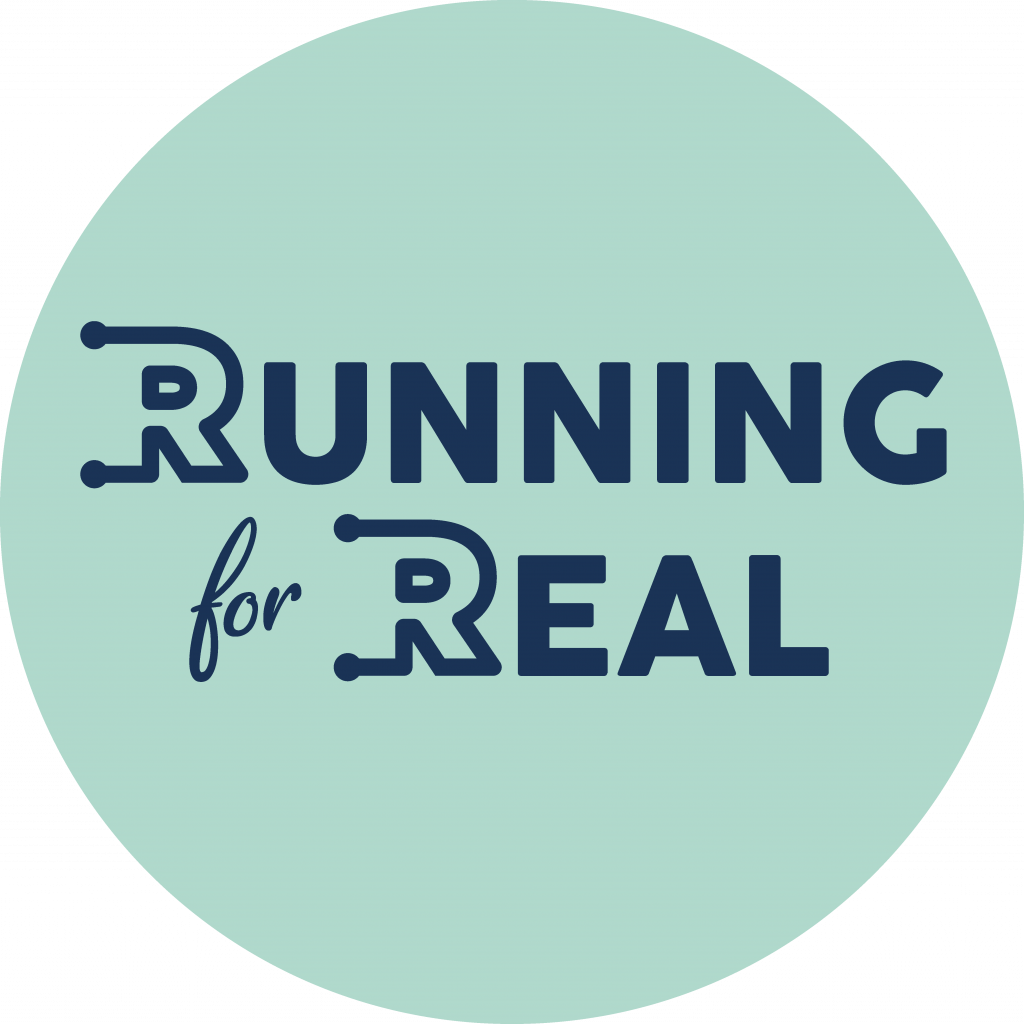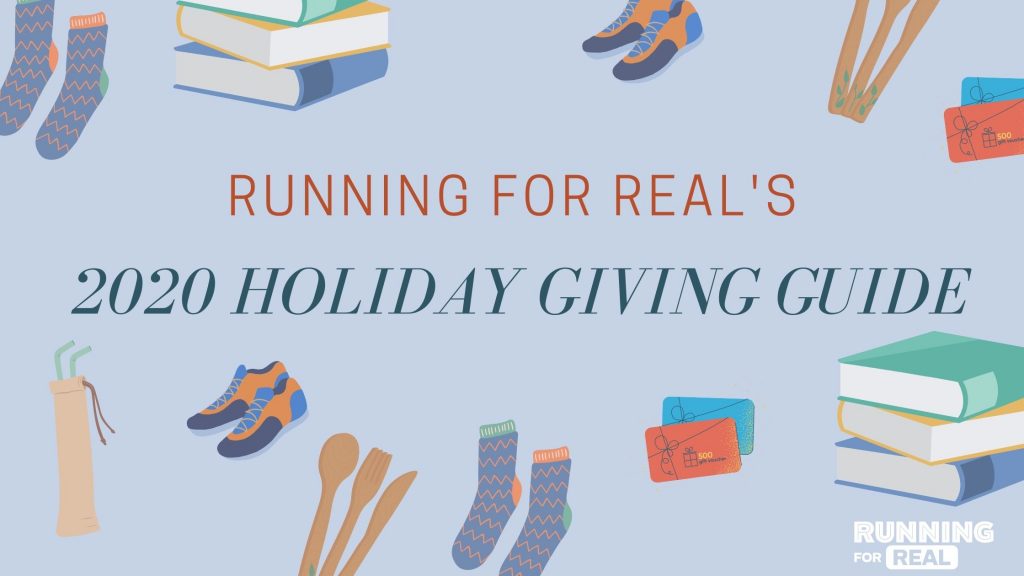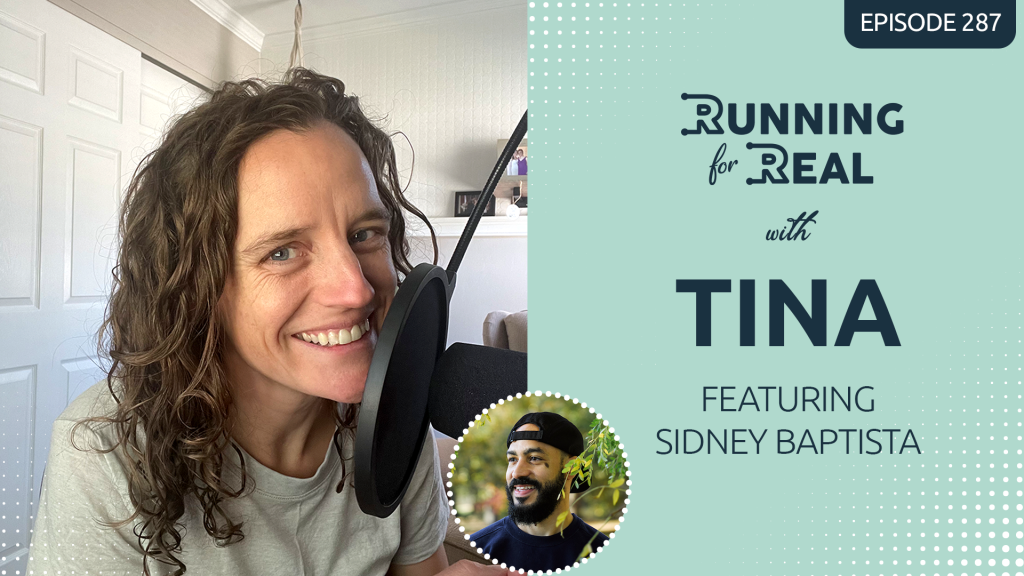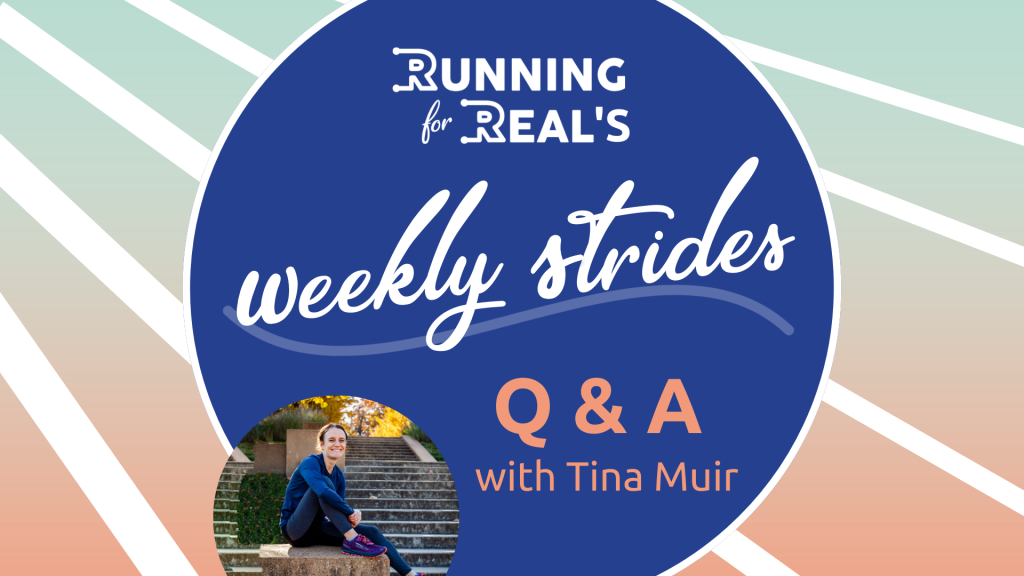Chris Koehn has completed 17 marathons, but for many years he viewed running purely as a warm up exercise. Today it’s a part of his life, connected to what he calls his “hobbies” of architecture and music. We normally think of the things we like to do as our hobbies, but, he says, “Those are our true passions. And the more we connect with what we most love to do, the more it can lift up our spirit.”
Listen to the Running for Real podcast here:
Apple (iTunes) Podcast | Sticher | Castbox | Overcast | Spotify | Google Play | iHeartradio |
Chris was always active, but running was something that he did to warm up for another sport. His girlfriend (now wife) was a runner, and one day he finally agreed to join her for a run. He ran a two kilometer circuit once, then again, then kept going until he had run 10K, further than he had ever run until that time. He finished feeling energized, and said to his girlfriend, “Let’s do a marathon.”
That was in 2007, and they had no idea how to prepare. “We started Googling how to train for a marathon because there weren’t any apps like nowadays or run crews or whatever,” Chris says. “You knew about the guy, the friend of a guy, who ran a marathon, and that was it.” They created their own training plan and as Chris admits, “We didn’t do it that great.” On top of that, they’d chosen a challenging course for their first attempt at 26.2 miles – the New York City Marathon. But they ran the entire race together and finished holding hands. After they crossed the finish line, Chris remembers feeling “really overwhelmed and happy,” and they both said “Let’s do this again.”
They got married the next year and were too busy with wedding plans to train for a marathon, but they ran Chicago the following year. They’ve run one or two marathons a year since then, which, Chris says, has “been really interesting because we’ve done this kind of a honeymoon trip around different cities.” Running two marathons a year means that they’re training for most of the year, so it’s become about more than just the race; it’s a way of life, learning about a city’s culture and its structure.
The structure speaks to Chris as an architect. “You discover the city while running a marathon through a different scope because you never get a chance to walk or run on streets that are designed for cars. So you’re doing this pedestrian trip on an automobile freeway. It’s a really interesting landscape to see how the cities are built.”
The Reykjavik marathon is one of his favorites. It was small, so he was running by himself for much of the time, providing ample opportunity for introspection. Also, he says, “Iceland, for being an island in the middle of nowhere, has these beautiful, amazing landscapes with very different colors and textures of what we’re used to. So you feel like you’re almost running on another planet.”
Textures are evident to Chris in everything that he does. As a runner, especially one who enjoys running barefoot, he’s aware of the feel of different textures on his feet. Texture is an essential element of his work as an architect, selecting the materials to use. As a musician and composer, he creates sonic texture by not only the sounds that he chooses, but also by the spaces in between.
Those spaces are crucial to Chris. In music, he explains, “Brian Eno talks a lot about the importance of the silence or the elimination of notes, which is almost the most difficult thing to do. You always want to add the bass guitar, drama keyword, whatever. But the most difficult thing to do is to create this silence, which gives the importance of the sound to really appreciate what’s going on.” In architecture, to a minimalist like Chris, “less is more,” as Mies van der Rohe says. The fewer objects there are in a space, the more we can admire the space itself. And while running, Chris appreciates what he calls “mass space,” which he describes as “a Japanese concept about kind of a spiritual moment, which would be when you’re almost floating, this tiny microsecond when your feet are both flying and about to land, and there is all this this space that creates this energy that gets you thinking and recharging while running.”
He also recharges with yoga and meditation, and sees running as “a way of meditation in motion, to be really aware and to keep coming back to the present. The only two things in life we have for sure, it’s death and this moment, that’s it,” he says. The more we can make peace with the “permanent impermanence,” as one of his songs and EPs is called, and live in the present, the happier and freer we will be.
Running not only keeps Chris in the present, it gives him an opportunity to be grateful for the moments that he has. He makes a point of practicing gratitude every day, including while running. “So being grateful for seeing the sun rise, or the birds singing, or to be able to run in a nice part of the city,” he explains, “it’s kind of a daily exercise to rewire the brain to become happier.”
And Chris is a happy person. Much of his music deals with death, but not in the way you might expect. He’s “not the creepy death guy that’s writing metal songs,” he says (although he does love metal). It creates a delicate balance between lighter music and darker lyrics, acknowledging both joy and sadness and recognizing that they can exist together. “Like a wave on the ocean,” Chris says, “sometimes it’s really big and really nice and sometimes we don’t have any waves and that’s a life analogy, where at the end we are nature. Sometimes we forget that we are also part of nature and we have to embrace both the sun and the the night.”
resources:
Thank you to Athletic Greens, Tracksmith, and the Running for Real Training Plans for sponsoring this episode.

AG1 is a simple and easy way to get 75 vitamins, minerals, and whole food source ingredients to help strengthen your immune system. It’s simple to make and it tastes good!
Go here to get a FREE year’s supply of Vitamin D and five FREE travel packs with your subscription.

Tracksmith is a Boston-based company that truly cares about the quality of their running clothes. Running can be demanding on our clothes; they definitely go through wear and tear to where we may be purchasing new clothes constantly. Tracksmith designers work with the finest materials and keep you in mind as a runner, with spots for your keys, phone, and fuel.
Go here and use the code TINA15. You’ll get free shipping and Tracksmith will donate 5% of your purchase to Runners for Public Lands!
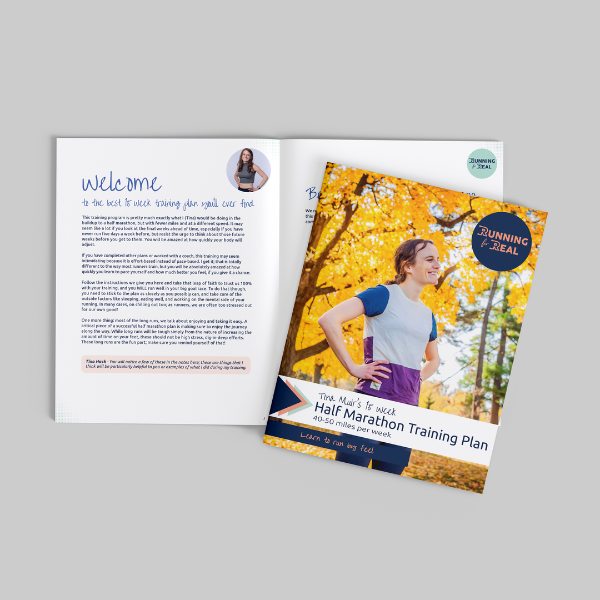
If you’ve decided it’s time to accomplish a new running goal, check out our 100% effort-based training plans. You’ll run entirely by feel and if you’ve never done that before, don’t worry; this plan is going to teach you how to trust your body to tell you what it’s ready for. It will leave you confident, prepared, and in the best shape of your life.
There are plans for the 5K/10K, half marathon, marathon, and a one mile/speed training segment. You can find them all here.
Thanks for listening!
We know there are so many podcasts you could listen to, and we are honored you have chosen Running For Real. If you appreciate the work that we do, here are a few things you can do to support us:
- Take a screenshot of the episode, and share it with your friends, family, and community on social media, especially if you feel that the topic will resonate with them. Be sure to tag us on Twitter, Facebook, Instagram
- Leave an honest review on iTunes or your favorite podcast player.
- Your ratings and reviews will really help us grow and reach new people.
Not sure how to leave a review or subscribe? You can find out here.
“Thank you” to Chris. We look forward to hearing your thoughts on the show.
